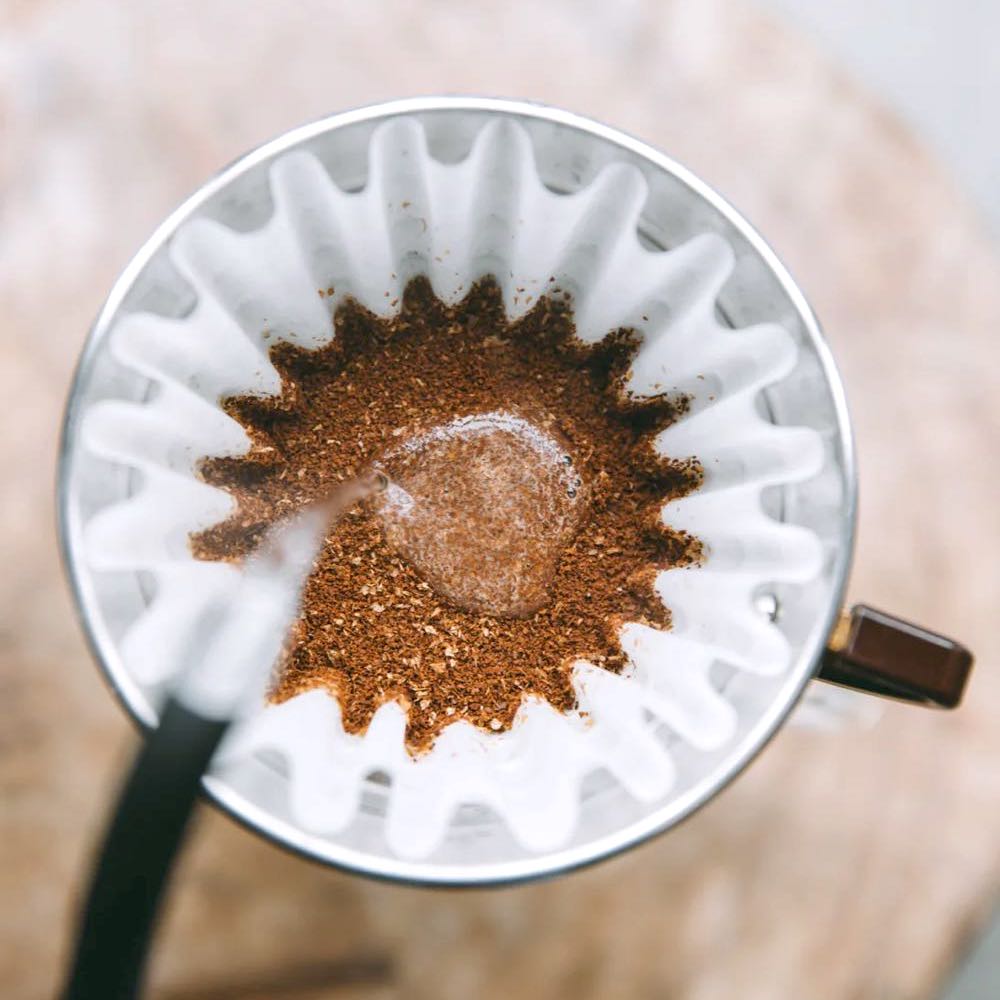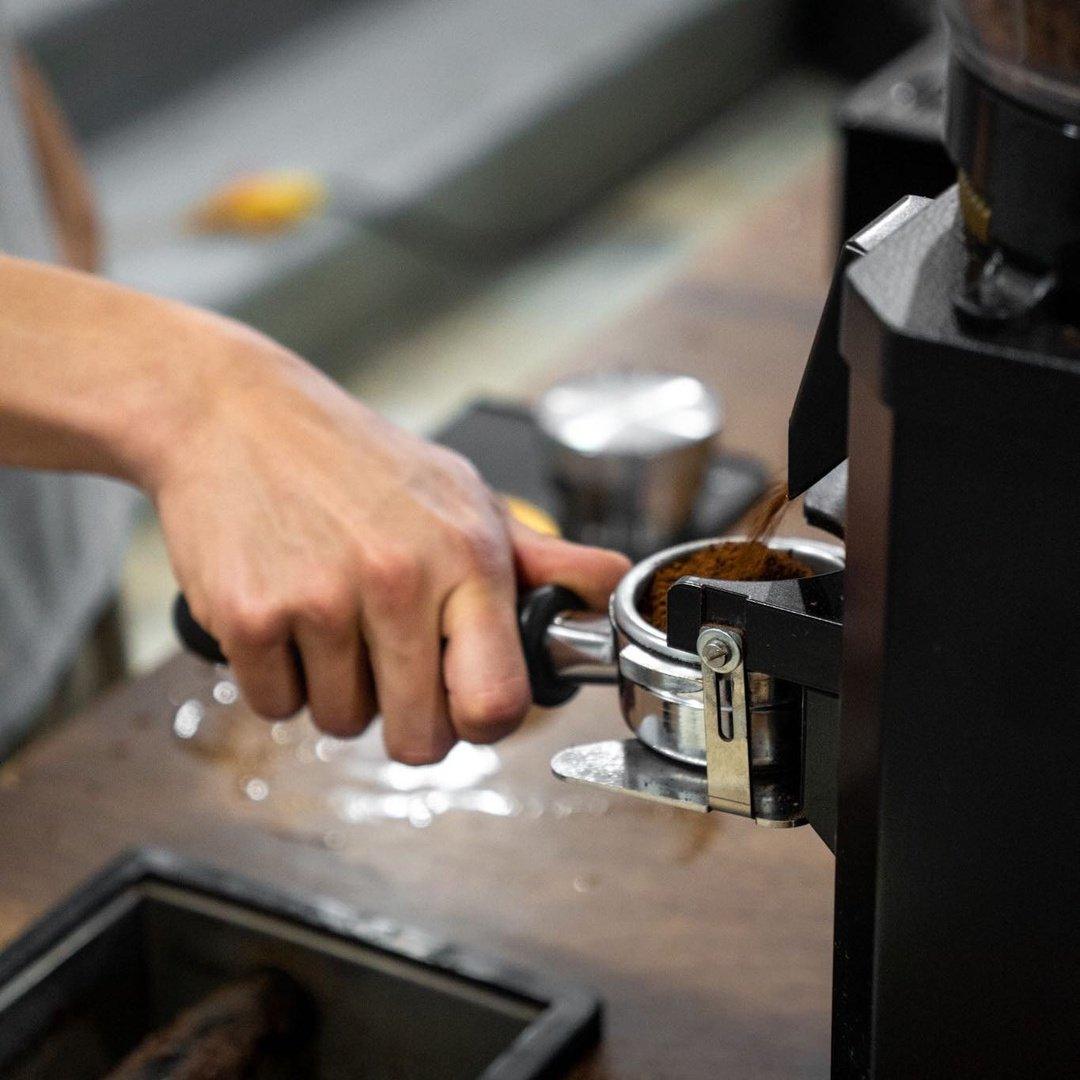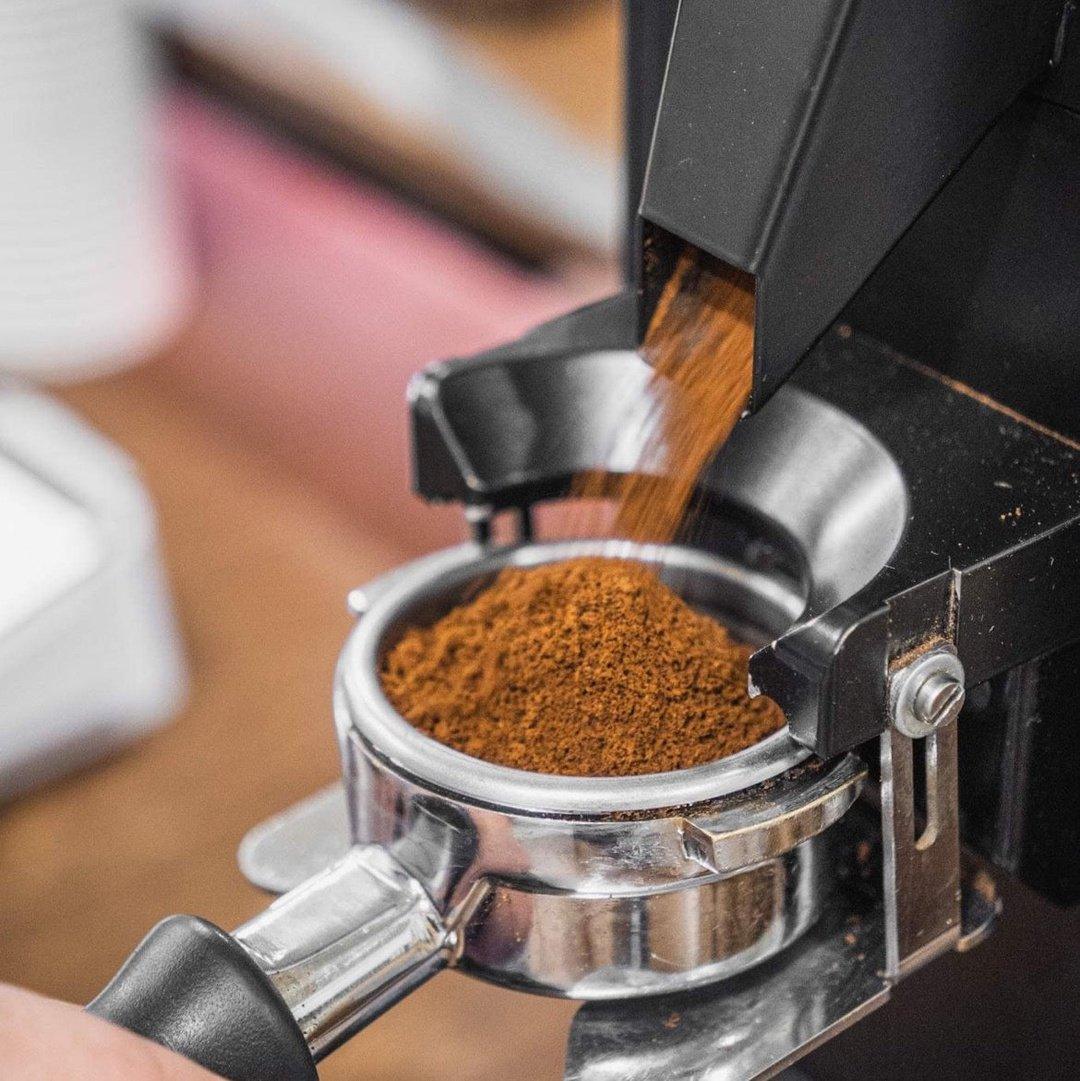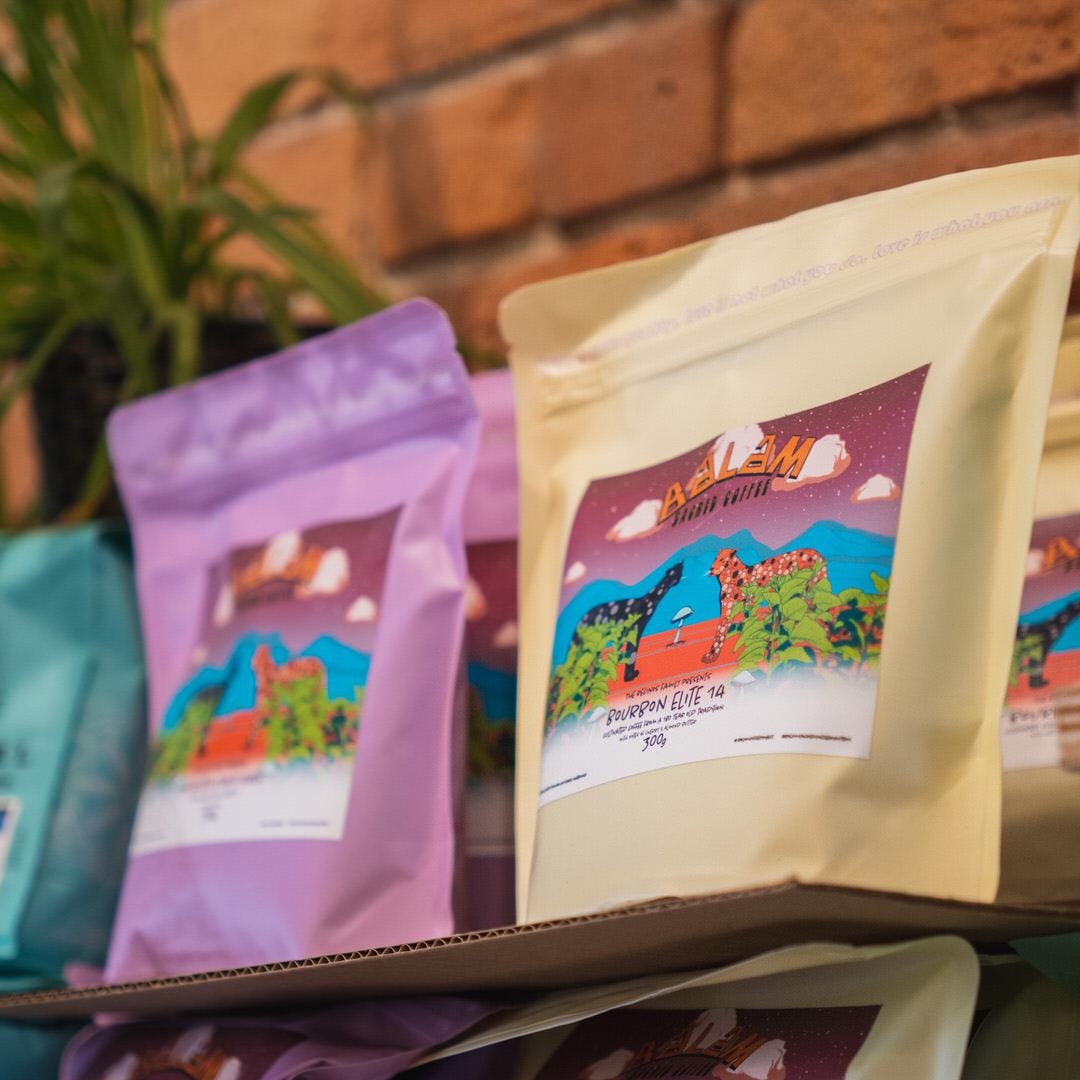The pour over bloom, a critical step in coffee brewing, involves pouring hot water over coffee grounds to release trapped gases, enhancing flavor and aroma. But do you know when to bloom? This article provides comprehensive information about blooming coffee to help you optimize your coffee brewing experience.
What is Blooming and How Does it Work?
When coffee beans are roasted, they produce carbon dioxide, which is trapped in the coffee grounds. This trapped gas can inhibit the extraction of flavor and aroma during the brewing process, leading to a less flavorful cup of coffee. By blooming the coffee grounds, you release the trapped gases, which helps decrease channeling in the coffee bed, increases extraction, and improves the uniformity of extraction. In espresso preparation, blooming coffee (usually referred to as preinfusion) offers the additional benefit of decreasing fines migration.
Channeling
To achieve even extraction in a V60 or other pour overs, prewetting is essential. Without prewetting, the water will preferentially wet some areas of the coffee bed over others, leading to channels that extract in some areas more than others which enhances the unevenness of extraction. Unfortunately, once this uneven wetting occurs, it is difficult, if not impossible, to fix the extraction unevenness and the channeling will lead to astringency.
Extraction Evenness
To better understand extraction, we have to take a look at the coffee grounds. Coffee grounds can be divided into two categories: particles with no intact cells and particles with one or more intact cells. Particles without intact cells, or fines, extract almost immediately due to the full exposure of their surface area to the brewing liquid, which easily washes the coffee solids off.
In contrast, particles with intact cells have a more gradual extraction process. The brewing liquid must pass through the cellulose pores to access and dissolve the coffee solids within the chambers, and then the solids must diffuse back out through the pores to mix in the slurry and ultimately leave the coffee bed.
Prewetting provides additional time for the brewing liquid to start this slow and passive diffusion process before the pouring phase extracts coffee from the bed. The connection between prewetting and increased extraction is not entirely clear. Prewetting extends contact time during brewing, and this additional contact time can boost extraction. It is plausible that prewetting contributes to improved quantity and quality of extraction.
How to Bloom Coffee
Pourover
The pour over blooming process begins with measuring the required coffee grounds. Then, pour hot water over the grounds, using 2-3 times their weight. Fully saturate the grounds and let them rest for 30 seconds to one minute before continuing with the brewing method.
Espresso
Espresso preinfusion resembles hand pour or batch brew prewetting, with very low pressure and a low flow rate ensuring the entire coffee bed is wet. This low-pressure soak enhances extraction uniformity, mitigates fines migration and channeling, and allows for a finer grind, slightly increasing overall extraction.
Blooming, a straightforward yet potent technique, can elevate your coffee's flavor and aroma. Particularly useful for freshly roasted beans and methods with extended brewing times, these tips will ensure a delectable and fragrant coffee experience.








Comments
There are no comments.
Your comment